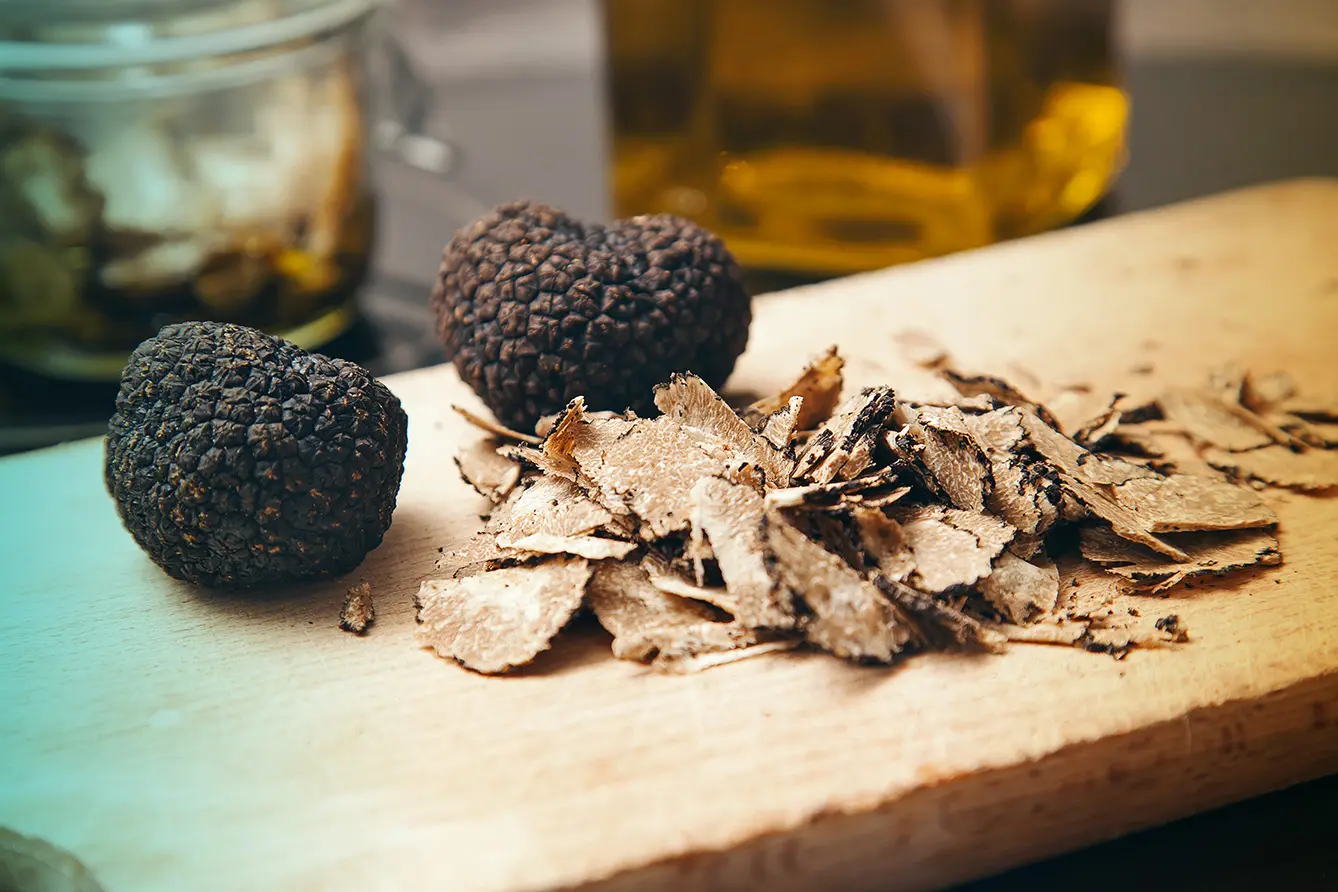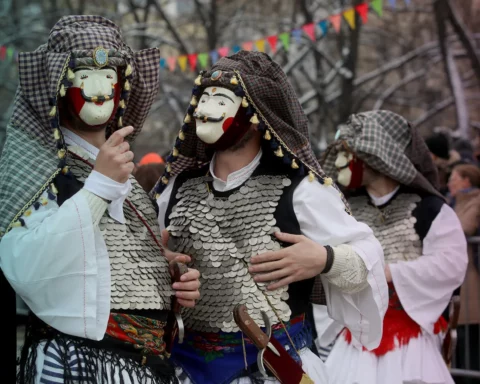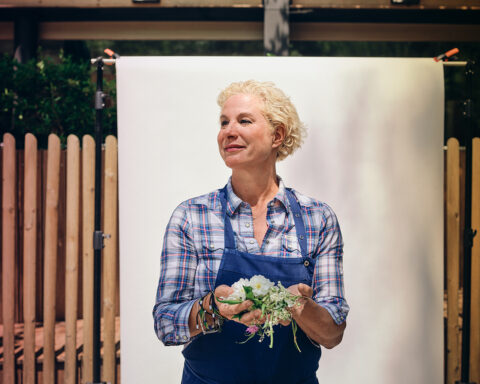Most people associate truffles, the precious mushrooms, with Tuscany. In fact, a common image might be the sight of pigs trained to track down and extract these forest treasures from under the ground. But Tuscany isn’t the only place where truffles grow natively.
They are also at home in the Istrian regions of Slovenia and Croatia, where the landscapes look much like the famous Italian region. Here, trained dogs help “hunt” truffles because pigs too often eat their finds – truffles are their delicacy. Therefore, to this day, the greatest competition for these lux mushroom pickers are wild boars.
Truffles: precious forest jewels
What makes truffles so prized and valuable? For sure it’s their uniqueness and the effort required to extract them. Unlike most fungi, truffles have no parts growing above ground. They live only in very specific places, in a symbiotic relationship with the roots of certain trees. Ecologically, truffles add very important nutrients to the soil and are essential for the “host plants” by empowering their ability to withstand drought seasons.
And it’s not at all easy to find them. Specially chosen dogs are introduced to truffles when they are still puppies – their food gets mixed with pieces of truffles, making them “addictive” to the delicacy. Allegedly, a well-trained dog can smell a truffle from a distance of 50-150 meters. The challenge is to stop the dogs before they eat the find.
That’s because truffles are exceptionally precious. The price of truffles varies from season to season. The tougher the year, rich in heat and droughts, the more expensive a kilogram of the hidden mushrooms. Prices can even reach up to EUR 6,000!
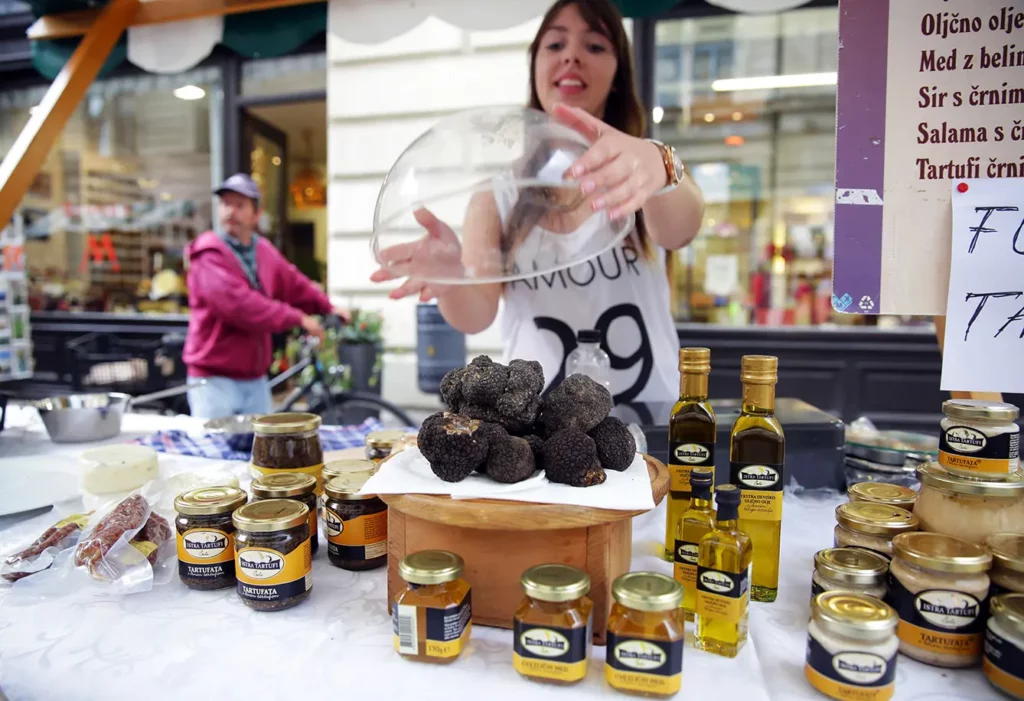
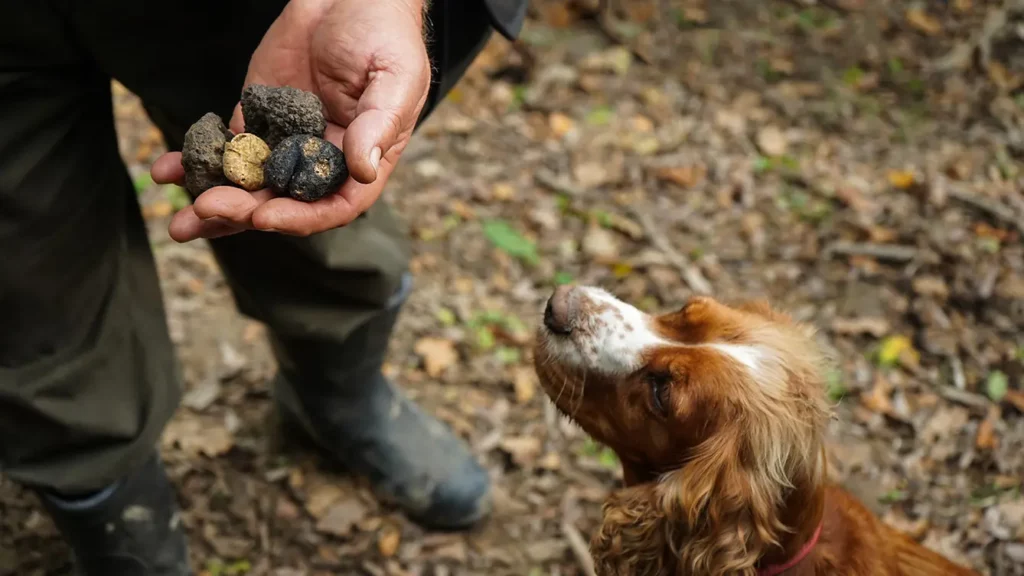
The cult of ‘tartufi’
The intense flavor of truffles is truly unique. Therefore they’re usually added only in small amounts as a spice or garnish. Yet, dishes with truffles tend to be the most expensive ones on restaurant menus. No wonder some call them “the diamonds of the kitchen.” This underground gourmet delicacy is attributed not only to its unique taste qualities. Truffles are also known for their health benefits: they have antibacterial properties, help fight cancer cells, and reduce inflammation.
Truffles were already known in the ancient ages. The Greek philosopher, Plutarch, believed that truffles were created by Zeus when he struck an oak tree with his thunderbolt. For many years, truffles were credited with being an aphrodisiac, though this might be just a side effect of the joy of eating them. The delight felt during a ‘tartufi’ meal can stimulate the secretion of happiness hormones, hence the confusion.
It’s always truffle o’clock
The Italians discovered the first truffles in Istria in the 1820s, when this part of Istria first installed a subterranean plumbing system. Yet, Slovenia’s truffle hunting was banned for decades until finally legalized in 2011. Several species of Istrian truffles exist, but the most common edible varieties are black truffles (Tuber melanosporum) and white truffles (Tuber mangnatum).
Slovenia’s truffle hunting season lasts practically all year long. Some strains, like the extremely rare Périgord black truffle, are due already in January and the following cold winter months. Black summer truffles grow between April and October and are very common in the region. White truffles – the most highly appreciated– are hunted for between September and January, and the white bianchetti truffle ripes in spring.
Truffles: irresistible temptation
In order to collect truffles legally in Slovenian forests, one must have a license. No wonder there are attempts to sell “counterfeit” truffles. So if a product markets itself as “containing truffles,” or its labels boast truffle “aroma,” “flavor,” or “essence, it’s more than likely referring to chemical additives. It’s highly recommended to go on a certified tourist tour, including truffle hunting and tasting. It is all worth it.


